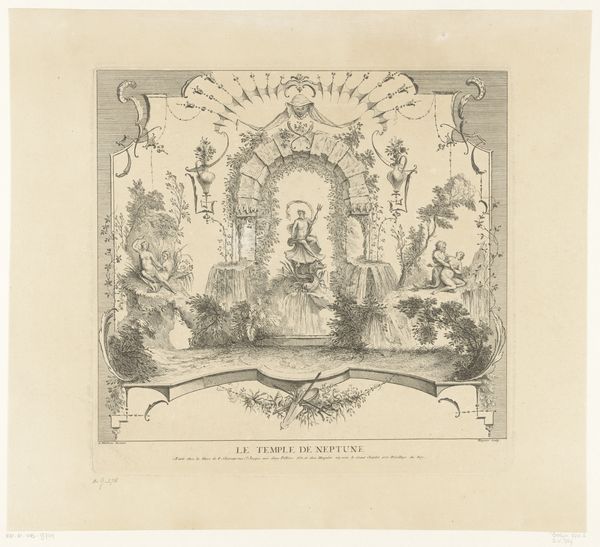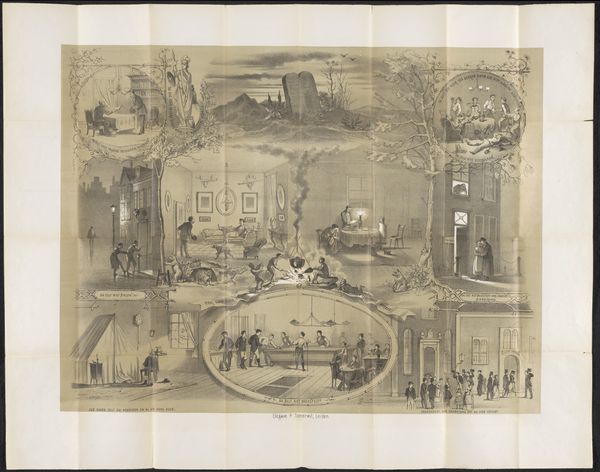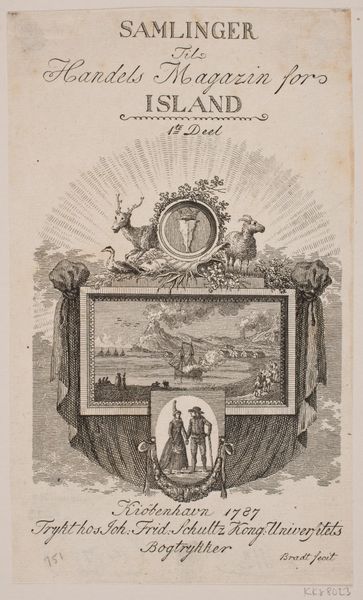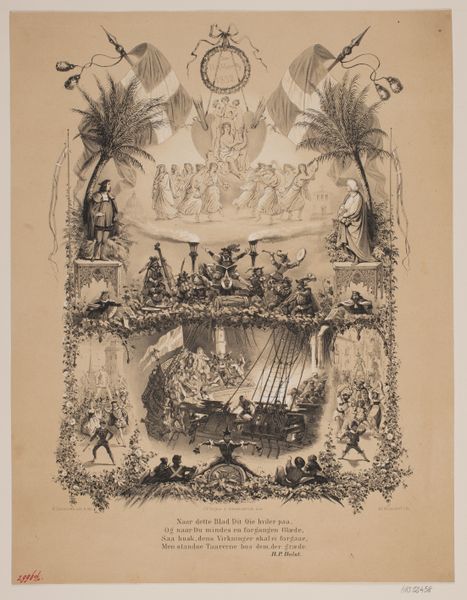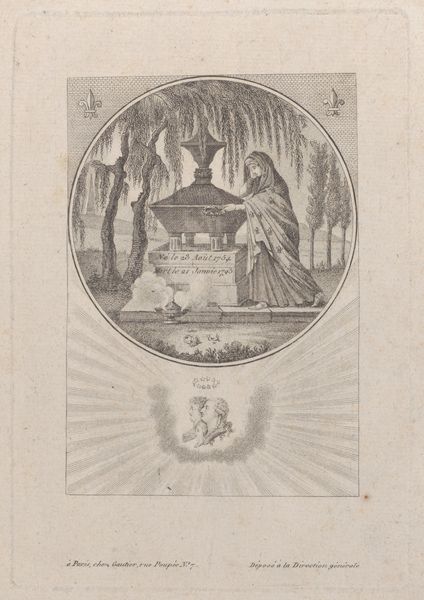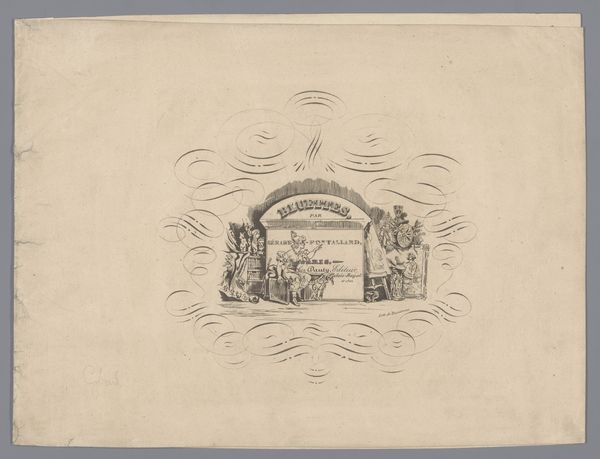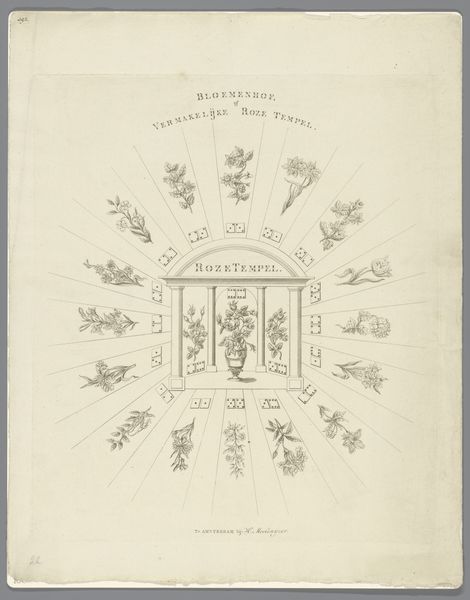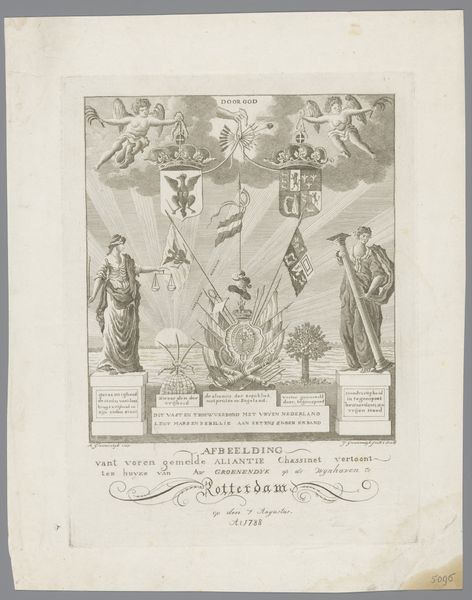
print, engraving
#
neoclacissism
#
allegory
# print
#
figuration
#
line
#
history-painting
#
engraving
Dimensions: height 329 mm, width 500 mm
Copyright: Rijks Museum: Open Domain
Curator: This engraving, titled "Toneelgordijn van de schouwburg te Amsterdam," or "Theater Curtain of the Amsterdam Theater," dates to 1775 and was created by Reinier Vinkeles. It now resides in the Rijksmuseum collection. The lines are exceptionally precise, rendering a grand allegorical design. Editor: There is a distinct aura of ceremony evoked by the work. Even the monochromatic palette lends a powerful gravity to its subject, enhanced by its clear linear form. Curator: The composition itself adheres to Neoclassical principles: balanced symmetry, with flanking figures drawing the eye to a central, elevated subject. Note how Vinkeles employed line and contrast to achieve a crisp definition, prioritizing clarity and order. The details read exceptionally well, even from a distance. Editor: And such detail. Observe the meticulously rendered objects – musical instruments, wreaths of flowers – they feel laden with symbolic intent. That radiant figure aloft on clouds and a hive mounted on a pedestal are the dominant symbols; clearly charged with significance beyond their form. The honeycomb is almost too obvious to mention. Curator: It does hint towards industriousness. What about the seated figures, appearing like resting scholars? Do you interpret them as symbols too? Editor: Absolutely. The presence of Mercury is easily identifiable with intellect and negotiation. As such, the other similarly attired figure, then, most likely embodies a correlating value or discipline related to theatre production. Curator: It provides layers to understanding its purpose in Amsterdam society at that time. Editor: Indeed. As such, after analyzing these aspects, I cannot view this theatrical curtain merely as art. To the contrary, it is a relic, steeped in classical allegory to demonstrate what values society esteemed. Curator: Looking at its careful balance and clarity of line, I better comprehend the cultural landscape of its origins. The material rendering of that perspective holds much influence in my understanding. Editor: Agreed. Now I depart with an enhanced consciousness about eighteenth-century Amsterdam ideals and practices through such iconography, all thanks to the piece.
Comments
No comments
Be the first to comment and join the conversation on the ultimate creative platform.
